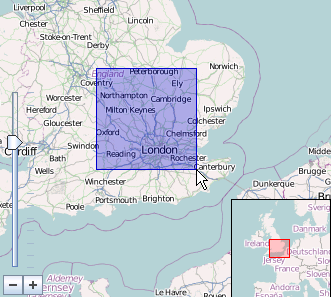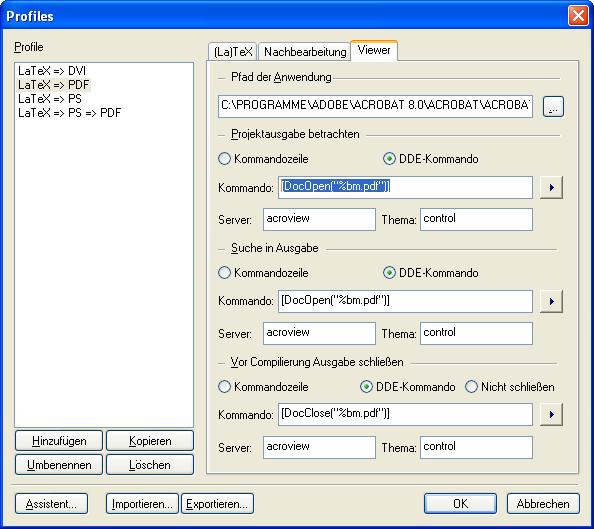Great, we got accepted (as a poster) on the ICIP 2011 with the paper “Robust Segmentation of Relevant Regions in Low Depth of Field Images”:
Low depth of field (DOF) is an important technique to emphasize the object of interest (OOI) within an image. When viewing a low depth of field image, the viewer implicitly segments the image into region of interest and non regions of interest which has major impact on the perception of the image. Thus, robust algorithms for the detection of the OOI in low DOF images provide valuable information for subsequent image processing and image retrieval. In this paper we propose a robust and parameterless algorithm for the fully automatic segmentation of low depth of field images. We compare our method with three similar methods and show the superior robustness even though our algorithm does not require any parameters to be set by hand. The experiments are conducted on a real world data set with high and low depth of field images. (Abstract from the paper)
The work is a result of a collaboration with Michael Weiler. We extended his Diploma thesis and produced an improved segmentation algorithm for Low Depth Of Field images. Compared to the other 3 competing algorithms, ours is a bit slower but at least it works. The other algorithms turned out to be extremely unstable and/or sensitive to parameters.
On the project site you can find
- an online demo
- the test images,
- the masks
- the NetBeans project including the full Java source code for our algorithm and the reimplementation of the comparison partners (of course we had to re-implement as we didn’t even get binaries – as usual)
So if you plan to do some image segmentation, just go there download the stuff and cite our work ;)



